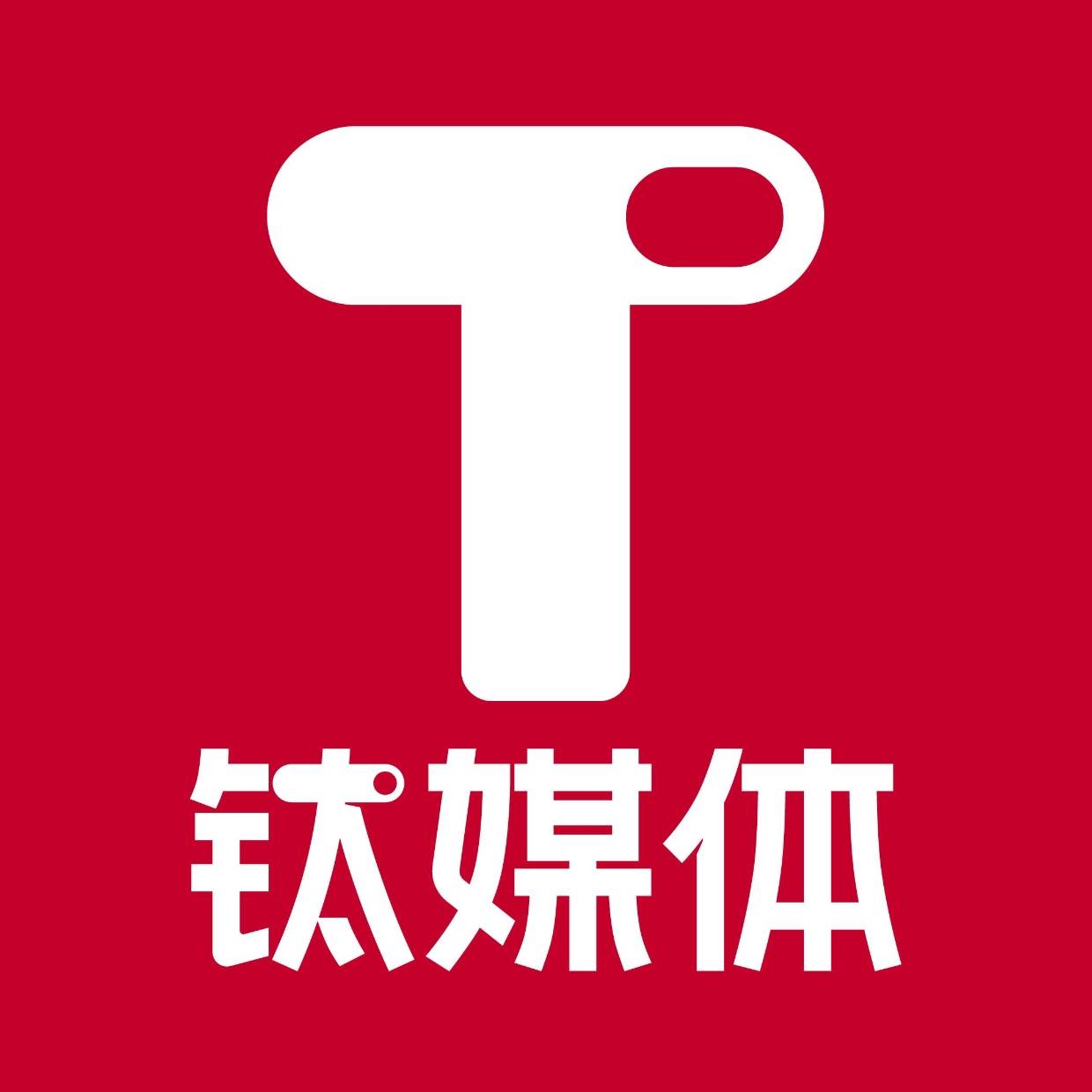
Image generated by AI
TMTPOST -- On the screen flashed "367."
It is a quantity artificial intelligence (AI) recommended for restocking a specific shoe model in a particular region over the next 30 days. This number, generated by Belle Fashion Group's AI-powered platform Li Ying, represented the culmination of 200+ data dimensions: market trends, procurement cycles, city-specific sizing patterns, even local weather.
Standing beside me was the head of one of Belle Fashion's brands. I leaned over and asked, "Will you follow the AI's restocking suggestion?" His response was pragmatic: in the short term, they'd reference it, but long-term, they'd fully rely on AI.
Li Ying is a data- and AI-driven product operations platform co-developed by Belle Fashion and DeepTech. Ji Yanli, Vice President of Belle Fashion Group, explained: "Li Ying's core strength lies in process visualization. Previously, operations were a black box—we lacked a complete way to track product flows. Li Ying reveals the entire product lifecycle, not just inventory. It shatters traditional business intelligence (BI) boundaries by dynamically integrating time, space, stock, sales, and restocking into a single interface, creating an interactive 'data analysis film' that boosts efficiency. It harnesses AI to make data dynamically generate business value."
From Concept to Reality: The Birth of Li Ying
The project was launched in 2021. During my first demo viewing, I watched terabytes of item-level data stream across a massive screen, meticulously organized chronologically. The phrase "white elephant" came to mind—something grand yet seemingly impractical at first glance.
Ji is a retail veteran. Despite his background in business, he is obsessed with data, management, and organizational efficiency. He believes large-scale offline retail is inherently complex, requiring a unified communication mechanism to ensure precision across sprawling operations. That universal language for it is data—and the rules governing data.
He often recounts his days as a regional head: initially, solving a city-level issue meant flying there, wasting a few days to align on solutions. Later, he implemented a layered Excel system, standardizing data logic. Eventually, discussions were reduced to a simple call: "What's the issue in row X, column Y of sheet XX? Your plan? Okay, goodbye." Consensus became effortless.
Belle Fashion's digital foundation was strong—it built its own ERP system as early as 2014. But as online and offline operations merged, legacy systems faltered. In 2020, it began constructing a middle platform, restructuring around four pillars: organization, authority, business, and communication—forging a collaborative network.
Ji's philosophy is blunt."Digitalization is a management model—data-driven resource allocation. For retail, it means real-time clarity: How much stock? How many people? Where's everything? That's digitalization, plain and simple," he said.
By deconstructing siloed systems and reorganizing functions around business scenarios, they aimed for seamless collaboration—where systems find people and data finds people. This required a centralized data repository: a big data platform. Belle Fashion adopted a Lakehouse architecture to unify data services, standardizing data, metrics, and applications—a monumental technical and managerial feat.
It was amid this effort that they crossed paths with Zhao Jiehui, the CEO of DeepTech, in 2020.
DeepTech's PivotFrom Middle Platforms to AI-Driven Solutions
Zhao is an industry veteran. After 11 years at Huawei leading core router teams, he joined Alibaba Cloud during the internet boom, overseeing enterprise services. Restless for change, he believed enterprise transformation through internet technologies was inevitable. He set up a team and dove into entrepreneurship.
His timing was fortuitous. The "data middle platform" concept was peaking, and DeepTech—armed with Alibaba Cloud expertise and strong execution—quickly rose to prominence. At a TMTPost summit in Sanya, their middle platform forum was packed beyond capacity. Success brought clients and investors, including Hillhouse Capital, Monad Ventures, and IDG.
But reality soon struck. Zhao realized middle platforms struggled to deliver tangible business value. "Internet giants need shared systems for massive scale, but most B2B firms don't. Data middle platforms offered tool-like utility but lacked depth. When I saw their limited impact, we pivoted fast."
Shareholders praised Zhao's willingness to admit mistakes and adapt. By 2020, DeepTech halted new middle platform contracts, focusing instead on flawless delivery of existing projects. "We weren't visionary—just desperate. A startup's margin for error is zero."
Two paths emerged: move upward—integrate data analysis with operations to drive value; or move downward—build a next-gen Lakehouse foundation.
Inspired by Databricks' Lakehouse architecture (merging data lakes and warehouses), DeepTech benchmarked against it, developing a full-stack data platform. Their agility stemmed from a unique R&D ethos: the CTO's primary role wasn't daily development but tracking emerging tech. This allowed early exploration of NLP, large models, and Lakehouse systems.
Yet, data platforms alone weren't enough. "Even with perfect data processing, it's just left-brain analytics. Without understanding business intent, numbers are lifeless."
Then, the stars aligned—Belle Fashion entered the picture.
Belle Fashion's Data Challenge: Six Warehouses, One Solution
Snowflake CEO Sridhar Ramaswamy once said, "The real value lies in companies that own customer relationships, deliver clear value, and embrace AI to avoid disruption." Belle Fashion fit this perfectly—but its data was a mess.
Since 2014, Belle Fashion had built an ERP system covering merchandise, procurement, inventory, sales, and finance. But rapid growth spawned siloed data warehouses—six in total—with redundant processing and inconsistent metrics. Changes required updates across all warehouses, creating chaos. A two-year data governance project consolidated them into one unified platform.
Belle Fashion went through a three-phase data platform journey: launching a project codenamed “Business Data Dictionary” to standardize chaotic data and improve usability;Partnering with DeepTech to build FastData, a real-time Lakehouse; creating Li Ying, a lifecycle visualization tool for products.
Today, Belle Fashion's big data platform processes 3PB+ across hundreds of servers, with all governance on a single platform—boosting efficiency and scenario adaptability.
The Partnership: Data Meets Scenario
DeepTech's entry was serendipitous. Zhao recalled, "We'd just launched our lakehouse product. Belle Fashion had no prior exposure but understood its utility." Traditional IT systems created barriers; Belle needed microservices aligned with business scenarios, demanding a new data architecture.
Through discussions, Zhao realized Belle offered something rare: real-world scenarios. Ji later recounted their negotiation: "Lao Zhao said DeepTech had funding but needed challenging, high-value scenarios. I had both."
Zhao approached the collaboration with zeal: "I wanted to create something remarkable. Without tackling complex scenarios, you're just another vendor."
Li Ying broke technical barriers. Traditional BI dashboards handled kilobytes; Li Ying processed terabytes, interfacing directly with big data systems to render TB-scale data in seconds—a 10,000x leap.
In 2021, DeepTech joined the Li Ying project proactively. Early iterations were grueling: initial full-data runs took 42 days, later reduced to 5. But the effort paid off—Li Ying's incremental updates now run every 0.5 seconds.
Yet, Zhao saw limitations: "Even with perfect data, without understanding business intent, it's just a fancy report."
The AI Advancement: Left Brain + Right Brain Logic
By 2022, Belle and DeepTech faced a new challenge: Li Ying had hit its technical ceiling. The broader market struggled too—data platforms were built, but their value remained unclear.
At the time, NLP and ABI were gaining traction and seemed practical for applications like conversational chatBI. We assembled a team to investigate their potential in reducing service costs and improving efficiency. However, we soon faced challenges—deriving real value from enterprise data required complex business logic. Simple data acquisition and statistics were insufficient; true value emerged only when integrated with business task identification and decision-making processes. Without this, the system was merely a reporting tool, sometimes even less advanced than existing solutions.
During this period, NLP proved inadequate for recognizing business needs beyond simple data analysis. The core issue was the ability to flexibly identify deep data platform use cases, business task logic, and align them with enterprise operations. At that time, it was unachievable. However, the emergence of large models changed everything. With the release of GPT in late November, we initiated research, and by our strategic seminar in March, we committed to forming a dedicated team. Initially centered around GPT, we later shifted focus to Llama2 and embraced the broader open-source model ecosystem. This breakthrough clarified our challenges and provided solutions.
We realized that beyond data analysis, deep business integration was essential. The data platform required substantial upgrades—not only for structured data but also document-based knowledge and logical data. These enhancements transformed our product system, demanding seamless integration between product development and sales.返回搜狐,查看更多

